Kedarnath, a revered Hindu pilgrimage site nestled in the heart of the Himalayas, is not only a place of spiritual significance but also a natural wonder. Located in the Indian state of Uttarakhand, Kedarnath is dedicated to Lord Shiva and is one of the twelve Jyotirlingas, making it a destination of immense religious importance. Besides its spiritual aura, Kedarnath is renowned for its breathtaking landscapes, pristine surroundings, and challenging trekking trails. To truly experience the magic of Kedarnath, it is crucial to choose the right time for your visit. This comprehensive guide will help you understand the best time to visit Kedarnath, taking into consideration weather, accessibility, and the spiritual significance of the place.
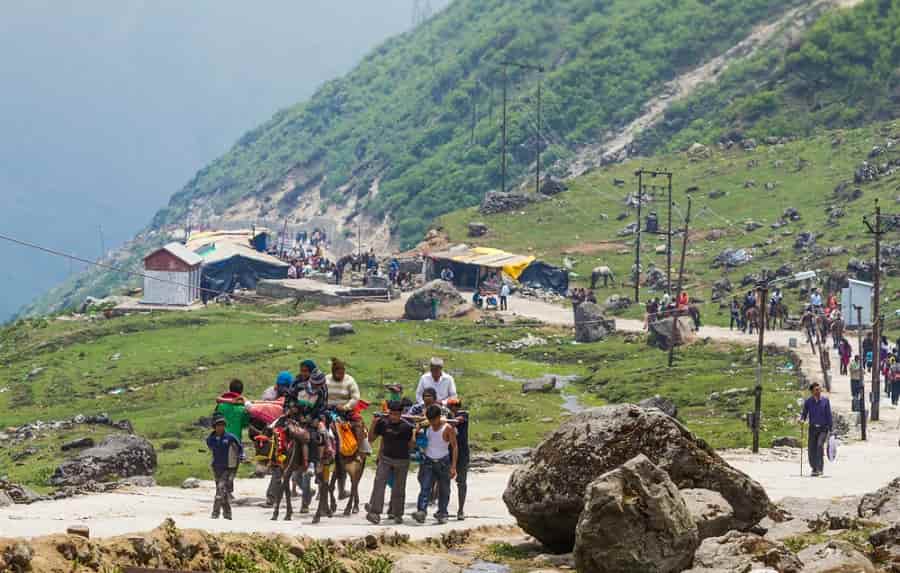
Spring (April to June) – The Divine Reawakening
Climate: Spring marks the beginning of the tourist season in Kedarnath. The weather starts to warm up, and the snow begins to melt. Daytime temperatures range from 10°C to 20°C, making it pleasantly cool. Nights, however, can still be chilly, with temperatures dropping to around 5°C.
Why Visit?
- The Kedarnath temple opens its doors in late April or early May, and this is an auspicious time to seek the blessings of Lord Shiva.
- The lush green meadows come alive with blooming flowers, creating a picturesque landscape.
- Ideal for trekking enthusiasts, as most trekking routes are accessible during this time.
Summer (June to September) – Pilgrimage Season
Climate: Summer is the peak tourist season in Kedarnath. The days are pleasantly warm, with temperatures ranging from 15°C to 30°C. However, the nights can still be cool, so it’s advisable to carry warm clothing.
Why Visit?
- The Kedarnath Yatra is in full swing during these months, attracting pilgrims from all over India.
- The trekking routes are at their best, with clear trails and blooming rhododendron forests.
- It’s an excellent time for photography, with clear skies and panoramic views of the Himalayas.
Monsoon (July to September) – A Time of Caution
Climate: Monsoon in Kedarnath is marked by heavy rainfall, with temperatures ranging from 12°C to 25°C. Rainfall can be continuous and intense, making it essential to be cautious during this season.
Why Visit?
- Devotees who seek a unique spiritual experience often visit Kedarnath during the monsoon to witness the Lord in a different mood.
- The landscape turns lush and vibrant, with waterfalls and streams gushing down the mountains.
- The crowds thin out, allowing for a more peaceful pilgrimage.
Autumn (October to November) – Serenity Returns
Climate: After the monsoon, Kedarnath experiences a brief period of clear skies and pleasant weather. Daytime temperatures range from 5°C to 15°C, while nights can be quite cold, with temperatures dropping to freezing levels.
Why Visit?
- The post-monsoon period is considered ideal for those seeking a quieter and more contemplative pilgrimage.
- The landscapes are still lush, and the trekking routes remain accessible.
- The Kedarnath temple usually closes in the first week of November, marking the end of the pilgrimage season.
Winter (November to March) – The Challenging Season
Climate: Winter in Kedarnath is harsh and unforgiving. Daytime temperatures rarely rise above freezing, and at night, they plummet to -10°C or lower. Heavy snowfall can block all access routes, isolating the temple.
Why Visit?
- Visiting Kedarnath in winter is a unique and challenging experience suitable only for the most adventurous and physically fit individuals.
- The temple remains closed, but you can witness the pristine beauty of the snow-covered Himalayas.
- It’s a fantastic time for those interested in snow sports and extreme trekking.
Conclusion – The Best Time for Your Kedarnath Journey
The best time to visit Kedarnath depends on your preferences and interests:
- For spiritual seekers: Spring and summer are ideal, as you can participate in the pilgrimage and witness the temple’s divine aura.
- For nature enthusiasts: Summer and autumn offer lush landscapes and pleasant weather.
- For adventure seekers: Monsoon presents a unique challenge, while winter provides an extreme and isolated experience.
Regardless of when you choose to visit, always check the weather and local conditions before planning your journey. Kedarnath’s spiritual and natural beauty is timeless, and the best time is ultimately a matter of personal choice and preparedness. Remember to respect the environment and the cultural heritage of this sacred place, ensuring a memorable and meaningful visit to Kedarnath.
Safety Tips for Your Kedarnath Journey
Before embarking on your pilgrimage to Kedarnath, it’s crucial to prioritize safety, considering the challenging terrain and varying weather conditions. Here are some essential safety tips:
Check Weather Updates: Always stay informed about the weather forecasts for Kedarnath and the surrounding areas. Sudden weather changes, especially in the monsoon and winter, can be treacherous.
Dress in Layers: Regardless of the season, layer your clothing to stay warm. Carry waterproof and windproof outerwear during monsoon and winter visits.
Hydration and Nutrition: Carry sufficient water and snacks, especially if you plan to trek or stay for an extended period. Staying hydrated is essential at high altitudes.
Acclimatization: Allow your body time to acclimatize to the high altitude. If you’re coming from lower altitudes, consider a gradual ascent to minimize the risk of altitude sickness.
Emergency Contact: Inform someone back home about your itinerary and expected return date. Cell phone reception can be unreliable in the region, so a satellite phone or a reliable communication plan is advisable.
Medical Supplies: Carry a basic medical kit, including medicines for common ailments like altitude sickness, headaches, and stomach issues.
Respect the Environment: Kedarnath is an ecologically sensitive area. Do not litter, and follow eco-friendly practices. Carry your trash back with you.
Travel Insurance: Consider purchasing travel insurance that covers medical emergencies, evacuations, and trip cancellations. It can be a lifesaver in challenging situations.
Guides and Porters: If you are not an experienced trekker, consider hiring a local guide or porter. They are familiar with the terrain and can provide valuable assistance.
Permit and Registration: Check if any permits or registrations are required for your visit, and ensure you have them in place.


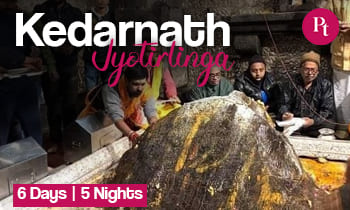
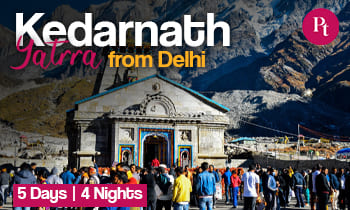

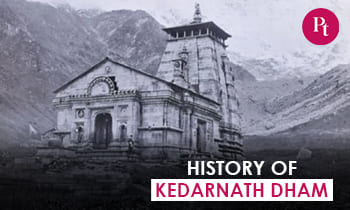
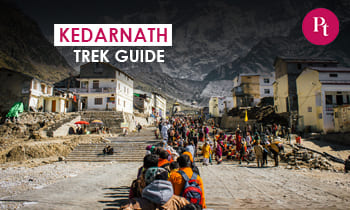
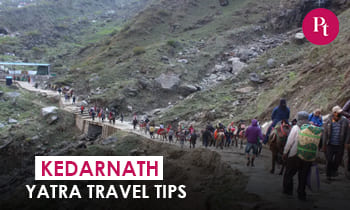
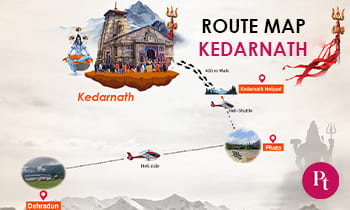
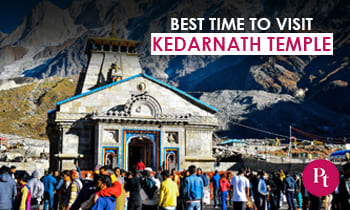
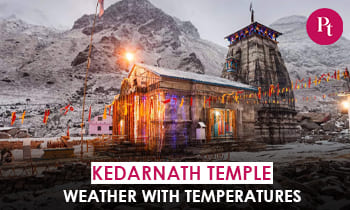
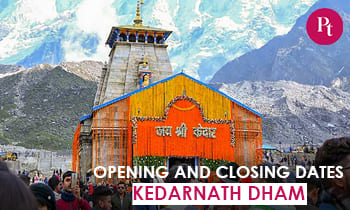

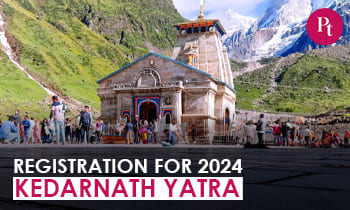


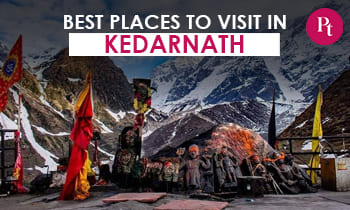
 Call
Call WhatsApp
WhatsApp Enquiry
Enquiry